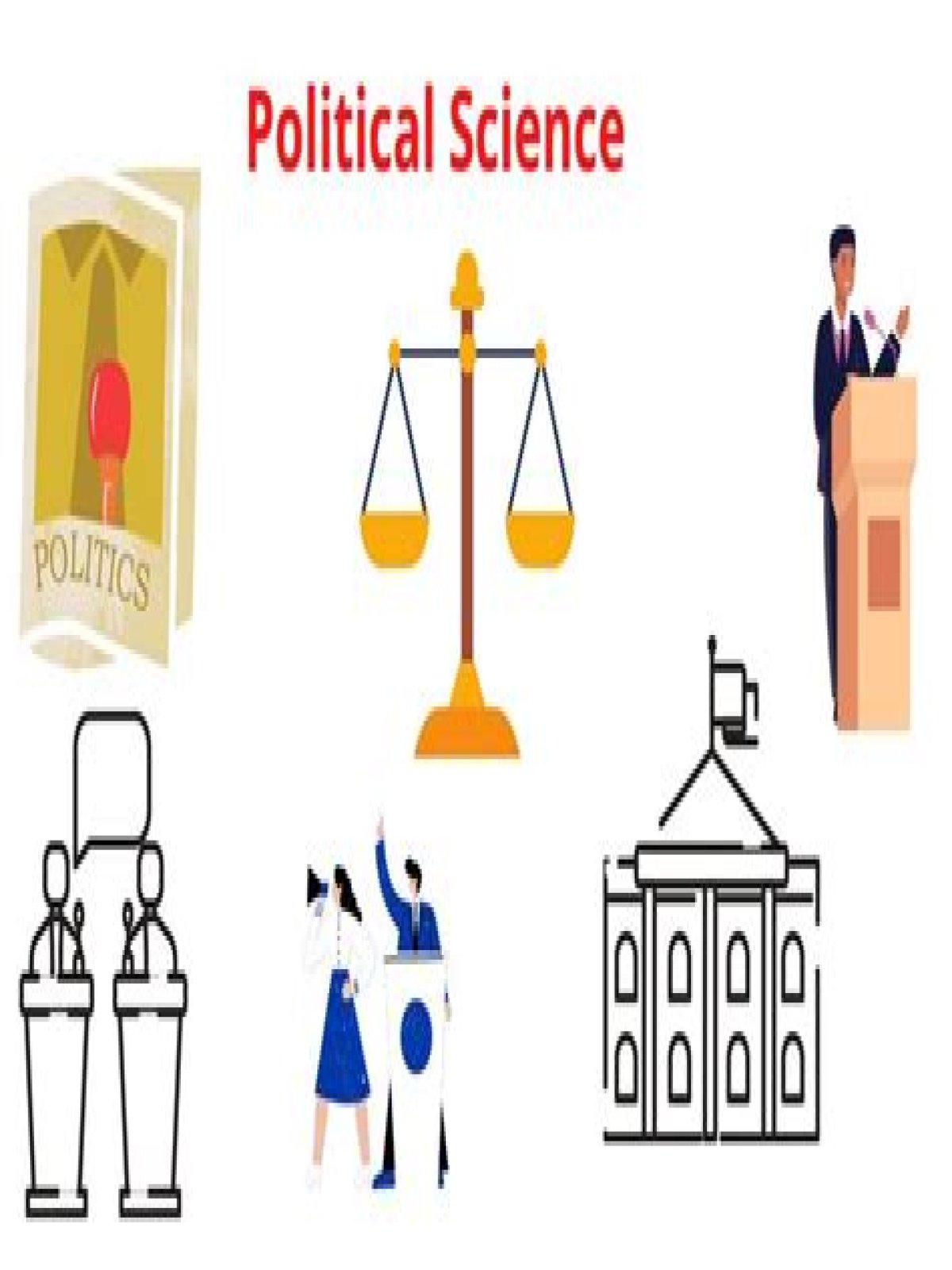What is hierarchy in political science?
What is hierarchy in political science?
Hierarchy is based on the division of labour: each unit is functionally differentiated and assigned a set of specific tasks. Yet, hierarchy can also refer to an informal structure of inequality in power, such as class structure in society and hegemony in world politics.
What is a hierarchy simple definition?
1 : a group that controls an organization and is divided into different levels The church hierarchy faced resistance to some of their/its decisions. 2 : a system in which people or things are placed in a series of levels with different importance or status He was at the bottom of the corporate hierarchy.
What is an example of hierarchy in biology?
For example, genomes can be further subdivided into a hierarchy of genes. Each level in the hierarchy can be described by its lower levels. For example, the organism may be described at any of its component levels, including the atomic, molecular, cellular, histological (tissue), organ and organ system levels.
What are the levels of hierarchy?
3 levels of management in organizational hierarchy; (1) Top-level, (2) middle-level, (3) lower level. Top-level managers are responsible for setting organizational goals. Middle-level managers are engaged in carrying out their goals.
Why is there a hierarchy?
The purpose of social hierarchies is to organize social groups in order to allocate limited resources, such as mates and food (Sapolsky, 2005), facilitate social learning (Henrich & Mcelreath, 2003), and maximize individual motivation (Halevy et al, 2011; Magee & Galinsky, 2008).
What is order in biology class 11?
Order is a taxonomic group containing one or more families. For example, the order, carnivora, includes many families. (v) Genus. Genus is a taxonomic group including closely related species.
What is the purpose of hierarchy?
Hierarchies add structure and regularity to our lives. They give us routines, duties, and responsibilities. We may not realize that we need such things until we lose them.
What is called hierarchy of classification?
Hierarchical classification is a system of classifying organisms in different hierarchical levels. It includes the sequence of categories in a decreasing or increasing order from kingdom to species and vice versa.
What is the hierarchy for classification of living organisms?
The classification of living things includes 7 levels: kingdom, phylum, classes, order, families, genus, and species .
What are the three levels of hierarchy?
3 levels of management in organizational hierarchy; (1) Top-level, (2) middle-level, (3) lower level. Top-level managers are responsible for setting organizational goals.
What is order in biology class 9?
Order:An order is a group of closely related families. For example, the family felidae (cat, lion) and family canidae (dogs) are together in the order carnivore. Class:It is a group of related orders. Phylum/Division: It is a group of related classes.
What are examples of political structures?
Examples of such political institutions include political parties, trade unions, and the (legal) courts. The term ‘Political Institutions’ may also refer to the recognized structure of rules and principles within which the above organizations operate, including such concepts as the right to vote, responsible government and accountability.
What is political system theory?
Systems theory in political science is a highly abstract, partly holistic view of politics, influenced by cybernetics. The adaptation of system theory to political science was first conceived by David Easton in 1953.
What is the definition of political structure?
Political structure. In a general sense, it refers to institutions or groups and their relations to each other, their patterns of interaction within political systems and to political regulations, laws and the norms present in political systems in such a way that they constitute the political landscape of the political entity.
